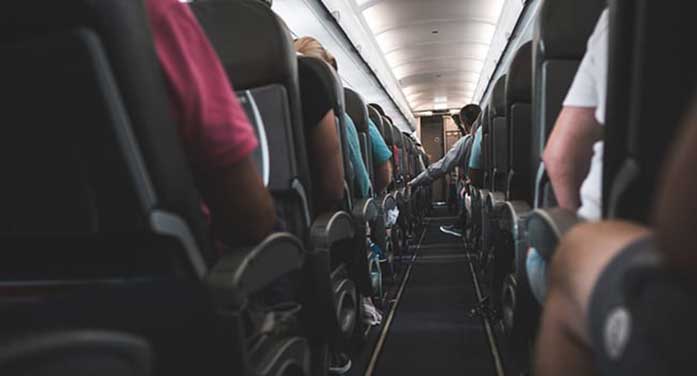 Most travel chatter focuses on the ‘new norm.’ Whether it is proof of vaccination, masking requirements, travel restrictions or negative PCR tests, are we actually seeing a new norm in terms of travel?
Most travel chatter focuses on the ‘new norm.’ Whether it is proof of vaccination, masking requirements, travel restrictions or negative PCR tests, are we actually seeing a new norm in terms of travel?
Based on the number of airline passengers passing through Calgary International Airport (YYC) and Edmonton International Airport (YEG), it appears air travel is on the rebound and returning to a normal pattern.
Ordinarily, the number of airline passengers (on all flight types) spikes in August and dips in February and November. This pattern has repeated itself for 20 years pre-pandemic (pre-2020).
Between 1999 and 2019, the average monthly low was 1.3 million passengers and the average monthly high was 1.8 million passengers. Over the last five years, pre-pandemic (2015 to 2019), the average monthly low and high ranged between 1.8 million to 2.4 million passengers.
However, this consistent pattern was significantly disrupted in 2020. The number of passengers fell significantly, with most passengers travelling in January 2020 and the fewest number of passengers travelling in April, largely attributed to government lockdown measures and travel restrictions.
Airline Passengers (All flight types)

In 2021, it appears the old pattern has returned. With August 2021 having the most airline passengers (1.3 million) and February having the least (253,000). While the pattern appears to have returned, note that the number of airline passengers is significantly less than that in pre-pandemic times.
The pattern has returned, but what about the volume moving forward into 2022?
With the rapid spread of the highly-transmissible Omicron variant, the federal government is advising Canadians to avoid non-essential travel and cancel their trips outside the country, forcing many Albertans to decide between travelling or cancelling travel plans.
While the government focuses on the macro perspective dealing with case counts and health-care capacity, Albertans face a closer-to-home problem: cancelling travel plans and possibly losing non-refundable deposits and fares.
Travel against the government’s advice and risk contracting Omicron or lose hundreds or thousands of dollars?
Needless to say, most Albertans are likely to choose to travel rather than sacrifice the money they’ve paid.
This year, there will likely be a continuation of new variants and government restrictions to battle them. So long as the government (or health groups like the World Health Organization) continues to:
- lack the ability to model and predict successive COVID waves
- ensure adequate vaccination
- carry on with an inflexible health-care system, and
- flip-flops on travel policies
people will increasingly continue to plan and live their lives despite the pandemic.
The end result is that government recommendations will lose weight and authority in Albertans’ decision-making process.
The patterns of airline passengers will remain normal (as in pre-pandemic times). However, it will most likely not return to the same pre-pandemic volumes any time soon. The reactions by governments to COVID as it relates to the airline industry may have caused a systemic volume change rather than a temporary setback.
Gerard Lucyshyn is an economist and an economics lecturer in the Department of Economics, Justice and Policy Studies at Mount Royal University in Calgary, Alberta and director of research with the Frontier Centre for Public Policy. He has also served as a business and economic consultant to various industries. Gerard has authored a number of articles and research papers on municipal, provincial, federal and international economic and policy issues.
Gerard is a Troy Media Thought Leader. For interview requests, click here.
The opinions expressed by our columnists and contributors are theirs alone and do not inherently or expressly reflect the views of our publication.
© Troy Media
Troy Media is an editorial content provider to media outlets and its own hosted community news outlets across Canada.

